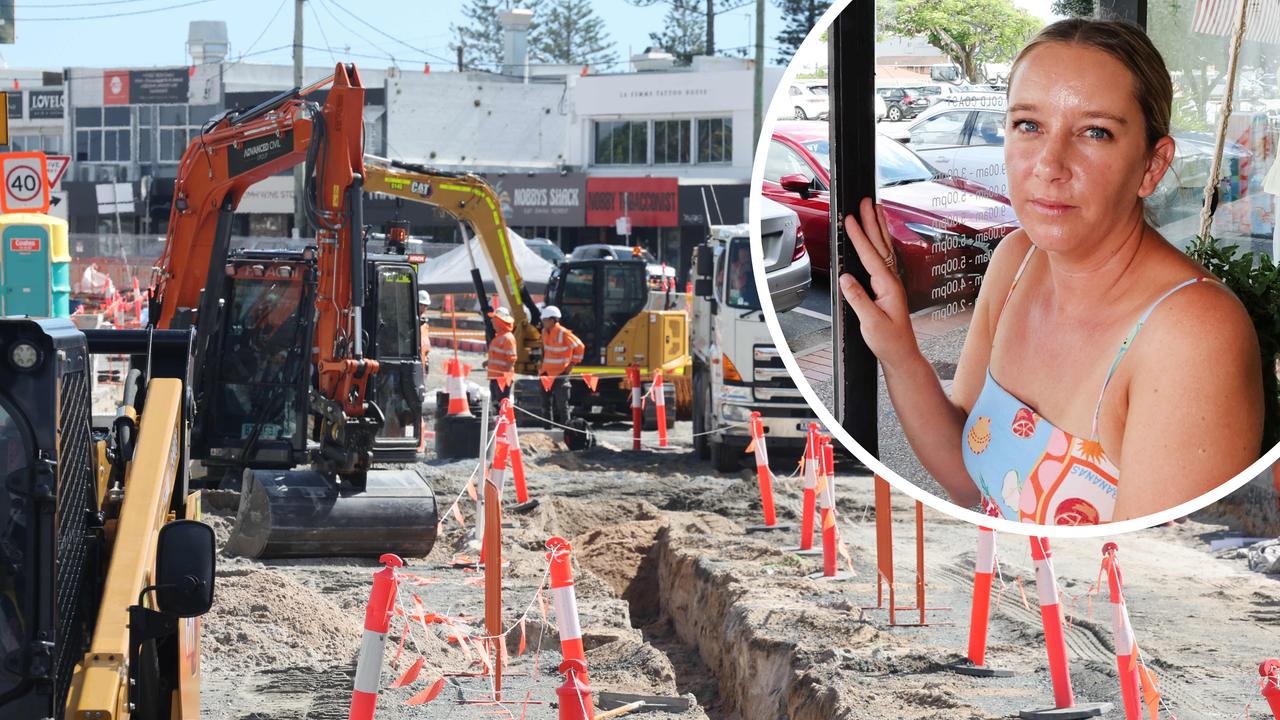Migaloo: Gold Coast’s 28 year love affair with famous white whale
Queensland’s borders are closed but expect our annual visit from whales in coming weeks as the migration season begins. But there’s just one that every Gold Coast wants to see - Migaloo
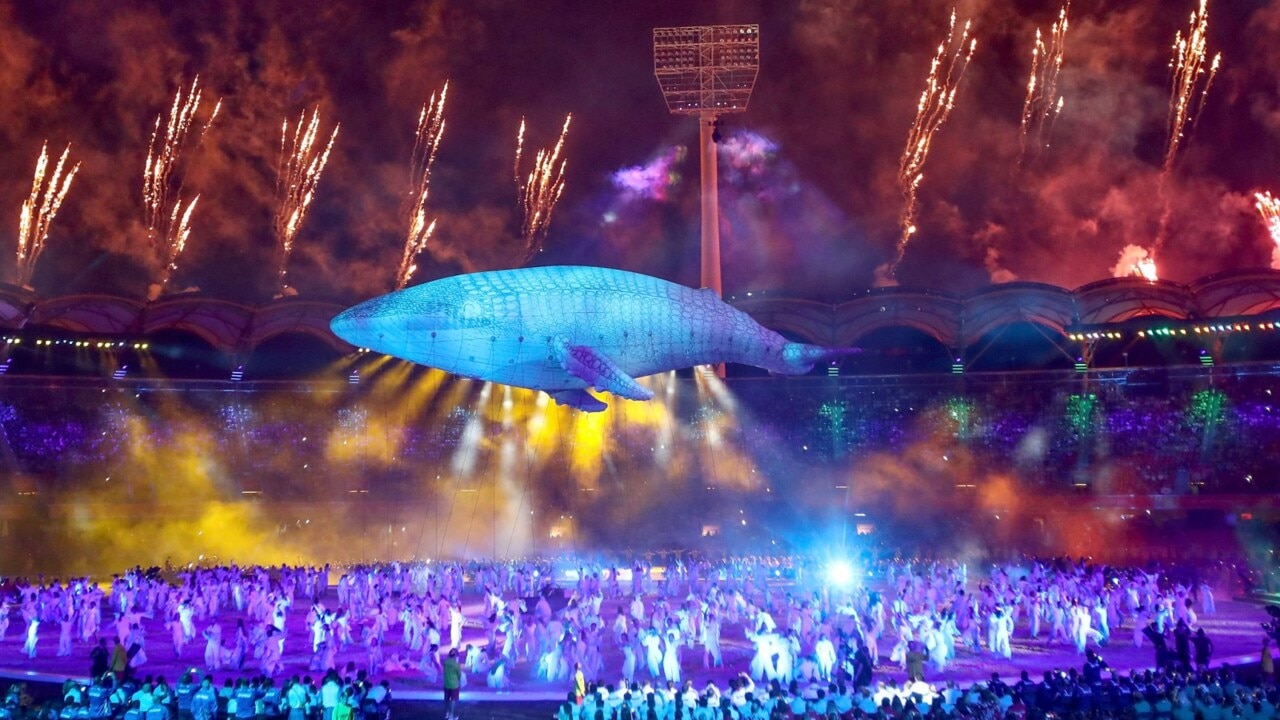
Lifestyle
Don't miss out on the headlines from Lifestyle. Followed categories will be added to My News.
THE Gold Coast is famous for being a destination for visitors but the ongoing coronavirus Crisis has seen the Glitter Strip locked off.
Never before has the national’s capital actively turned away visitors, with the border closure tightening as of midnight Friday.
But there is one select group of visitors who will get to visit the region this year, without an audience for the first time in decades.
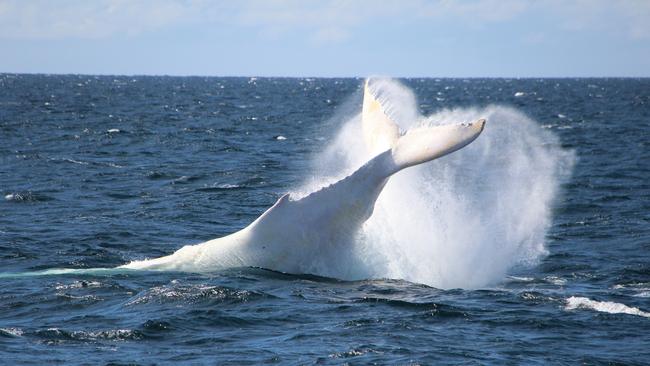
The annual whale watching season is just weeks away from beginning, something which is normally a source of excitement for the Coast.
While the flocks of humpback whales on the annual migratory passage is always welcomed, local fans are always hoping to spot our most famous visitor – Migaloo.
But unlike Herman Melville’s iconic white whale Moby Dick, Gold Coast residents want only to catch a glimpse of the famous creature rather than to hunt it. The first public sighting of Australia’s best-known whale came nearly 30 years ago in 1992 when he was spotted off the coastline and was initially mistaken to be a regular humpback whale that was upside down.
However, the man credited with discovering the whale, boat skipper Barry Seymour, soon realised he was dealing with something else entirely. The whale was dubbed “Migaloo” an Aboriginal word which means “the white one”.
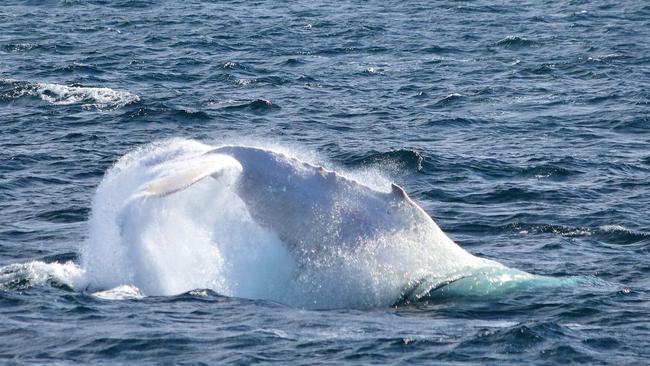
This occurrence was thought to be a one off, with Migaloo not spotted again until 1998 when he appeared on the Queensland coast, rising from the water more than 60km north of Hervey Bay.
His appearances became more frequent around 20 years, turning up again in 1999 and 2000.
With whale watching tours a drawcard during the winter months, operators kept an eye out for Migaloo, with numbers spiking on days when the chances of seeing him were high.
By the early 2000s Migaloo had become a celebrity.
Bill Hiddelen of the Whale Watch Safari Tourist Centre told the Bulletin in 2001 that the creature was always an attraction.
“It seems to come back every few years,” he said at the time.
“It gets a lot of hype going.
The photographers go crazy trying to find it.
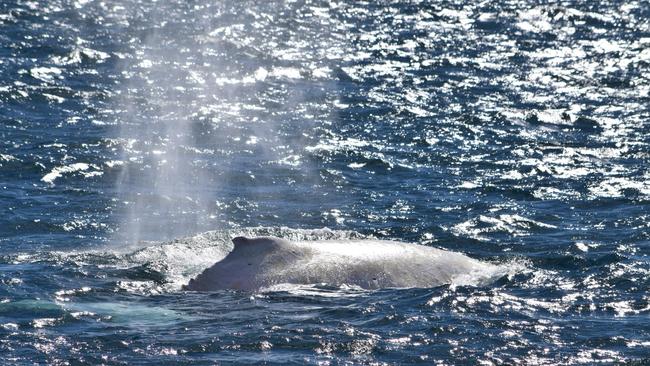
“It seems to capture everyone’s imagination.”
After being a frequent sight through the 2000s, Migaloo disappeared following the 2009 whale season and was not seen at all in the Gold Coast’s waters until 2012 when he made a glorious comeback.
But it was during the 2013 season that the celebrity whale and his place as one of the region’s favourite visitors was cemented when a baby white humpback was spotted.
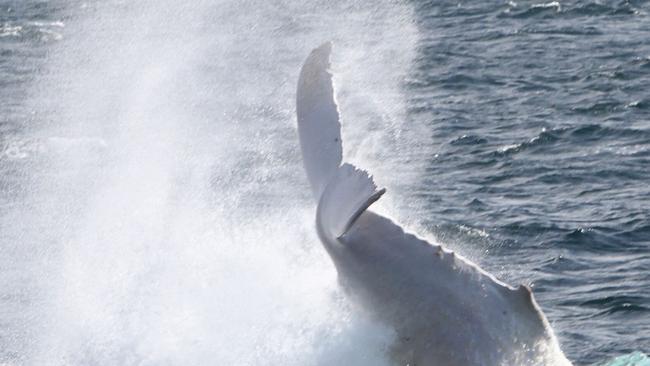
Photographer Keith Christie told the Bulletin at the time it was amazing to see the calf in the water. “We were near Brunswick Heads when we saw the white whale,’’ he said.
“At first, I thought my eyes were playing a trick on me, because humpback whales are usually dark.
“But this one was white and it was probably only a week old. “I couldn’t believe what I was seeing – it’s so rare.’’
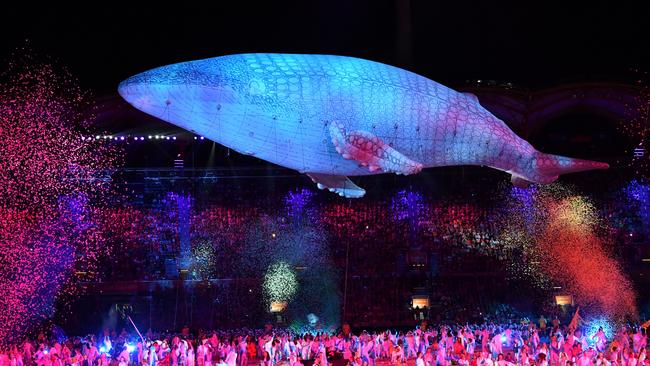
Migaloo was last spotted off the Queensland in 2018 but other small whales have been seen since.
Migaloo’s iconic place in the Coast’s history was on show for the world to see two years ago when a giant inflatable version of the white whale was featured in the opening ceremony of the 2018 Commonwealth Games.

